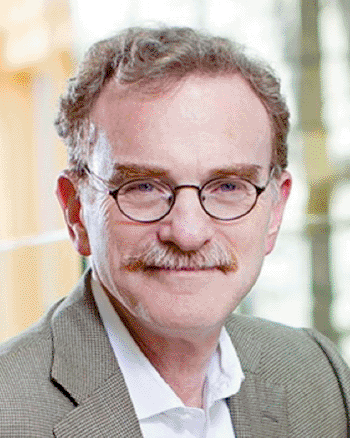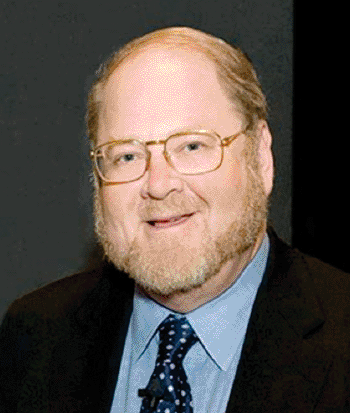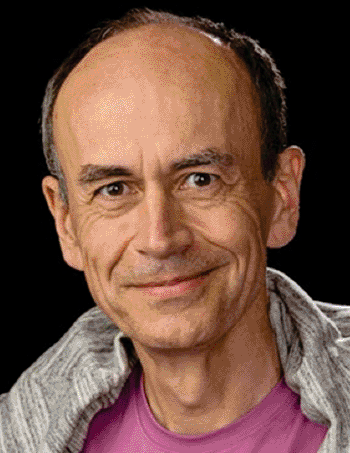Nobel Prize Awarded for Fundamental Discoveries in Molecular Mechanisms of Cellular Vesicle Traffic
By LabMedica International staff writers
Posted on 14 Oct 2013
The 2013 Nobel Prize for Physiology or Medicine jointly awarded to scientists James E. Rothman, Randy W. Schekman, and Thomas C. Südhof recognizes the fundamental nature of their discoveries about how the cell organizes one of its major transport systems—about the machinery regulating vesicle traffic and the molecular principles that govern how this cellular cargo is precisely delivered to the right place at the right time. Posted on 14 Oct 2013
Through their discoveries, they have revealed this exquisitely controlled system, the disturbance of which has deleterious effects and contributes to various medical disorders, including neurological diseases, diabetes, and immunological disorders. Prof. Schekman, currently at the University of California at Berkeley (USA) and an investigator of Howard Hughes Medical Institute (USA), discovered a set of genes required for vesicle traffic. Prof. Rothman, currently at Yale University (New Haven, CT, USA), unraveled protein machinery that allows vesicle membranes to fuse with their target membranes. Prof. Südhof, currently at Stanford University (CA, USA) and an investigator of Howard Hughes Medical Institute, revealed signals that instruct vesicles to release their cargo with precision.
The cell faces the problem of shipping to the right destination at the right time many types of molecules (including hormones, neurotransmitters, cytokines, and enzymes) to be transported and delivered to other locations in the cell or exported out. How do these vesicles know where and when to deliver their cargo?
Traffic congestion: Prof. Schekman was fascinated by how the cell organizes its transport system and in the 1970s decided to study its genetic basis by using yeast as a model system. In a genetic screen, he identified yeast cells with defective transport machinery, giving rise to vesicles piling up in certain parts of the cell. He found that the cause of this congestion was genetic and went on to identify the mutated genes. He identified three classes of genes that control different facets, thereby providing new insights into this tightly regulated machinery.
Docking: Prof. Rothman was also intrigued by the nature of the cell’s transport system. When studying vesicle transport in mammalian cells in the 1980s and 1990s, he discovered that a protein complex enables vesicles to dock and fuse with their target membranes. During fusion proteins on the vesicle and target membranes bind to each other like a zipper. The fact that there are many such proteins and that they bind only in specific combinations ensures that cargo is delivered to a precise location.
It turned out that some of the genes Prof. Schekman had discovered in yeast coded for proteins corresponding to those Prof. Rothman identified in mammals, revealing an ancient evolutionary origin of this transport system, which operates with the same general principles in yeast and humans. Collectively, they mapped critical components of this machinery.
Timing: Prof. Südhof was interested in how nerve cells communicate with one another in the brain. Synaptic vesicles release neurotransmitters upon nerve cell signaling to its neighbors. How is this controlled so precisely? Calcium ions were known to be involved and in the 1990s Prof. Südhof searched for calcium sensitive proteins in nerve cells. He identified molecular machinery that responds to an influx of calcium ions and directs neighbor proteins rapidly to bind synaptic vesicles to the outer membrane of the nerve cell. The zipper opens up and the contents are released. This explained how temporal precision is achieved and how vesicle contents can be released on command.
Together, these discoveries have had a major impact on our understanding of cellular transport mechanisms.
Related Links:
Nobel Foundation










 assay.jpg)





